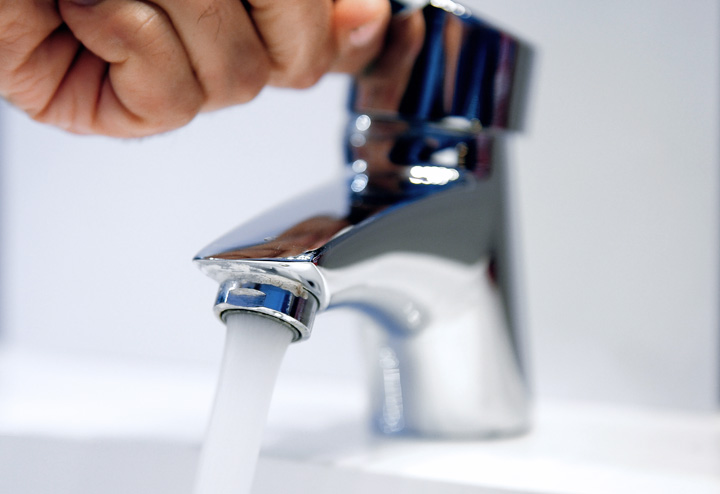
Access to clean, safe water is a basic human need. However, for more than two billion people, having such access is simply not a reality. What’s worse is that in countries that have enjoyed the luxury of treated water, there is a troubling trend: from boil water orders to breaks in the system to massive outbreaks, our water supply is at risk.
On this week’s Super Awesome Science Show, we’re going to explore why we should be worried about our water.
We first talk with Natalie Hull, an assistant professor of civil, environmental and geodetic engineering at the Ohio State University. Her work has explored the risks to the domestic water supply, and we hear about the various factors involved such as increased pollution, climate change and the water pipeline microbiome. We also learn how the situation might be improved by changing our focus from the water treatment plant to our taps.
One way to improve water safety, particularly as it relates to microbial pathogens, is to use ultraviolet light, which is known to kill micro-organisms. It can be used both at the treatment facility and in the home. We continue the conversation with Hull and venture into her research on the use of UV light to improve water safety. According to her findings, we may be able to keep our water safe without overburdening our city and home budgets.
In our SASS Class, we take a wider approach to water safety with our guest teacher, Amy Greer. She’s a Tier 2 Canada Research Chair in population disease modelling and an associate professor in the Department of Population Medicine at the Ontario Veterinary College of the University of Guelph. She has looked at the various factors involved in keeping water safe, and as you’ll hear, it comes down to an overarching goal known as One Health. From animals to climate to human activities, there are numerous ways water can become undrinkable and only by understanding all the parameters can we find ways to ensure we have access to water we can drink.
If you enjoy the Super Awesome Science Show, please take a minute to rate it on Apple Podcasts, and be sure to tell a friend about the show.
Thanks to you, we’ve won a Canadian Podcast Award for Outstanding Science and Medicine Series. We have been changing the way the world sees science, and it is definitely for the better. Let’s keep the awesome momentum going together!
Contact:
Twitter: @JATetro
Email: thegermguy@gmail.com
Guests:
Natalie Hull
Web: https://ceg.osu.edu/people/hull.305
Twitter: @water_micro
Amy Greer
Web: https://ovc.uoguelph.ca/population-medicine/faculty/Amy-Greer
Twitter: @AmyGreerKalisz
Subscribing’s easy! Here’s how…

- Open the Apple Podcasts app, search for “Super Awesome Science Show (SASS)” and select it from the list of results.
- Once on the Super Awesome Science Show (SASS) page, click the “Subscribe” button to have new episodes sent to your mobile device for free.
- Click the name of an episode from the list below to listen.

- Open the Spotify app, search for “Super Awesome Science Show (SASS)” and select it from the list of results.
- Once on the Super Awesome Science Show (SASS) page, click the “follow” button to have new episodes sent to your mobile device for free.
- Click the name of an episode from the list below to listen.















Comments